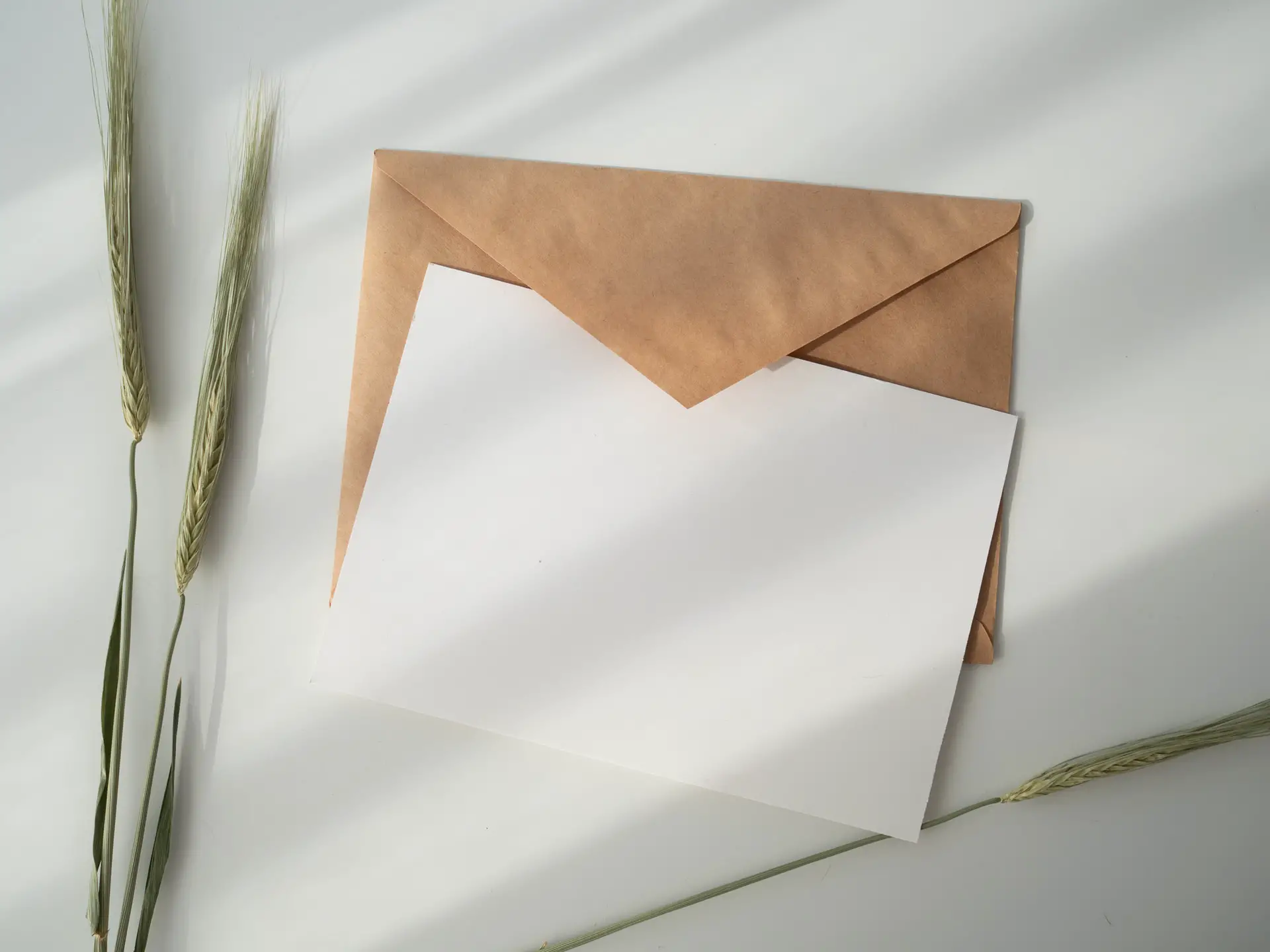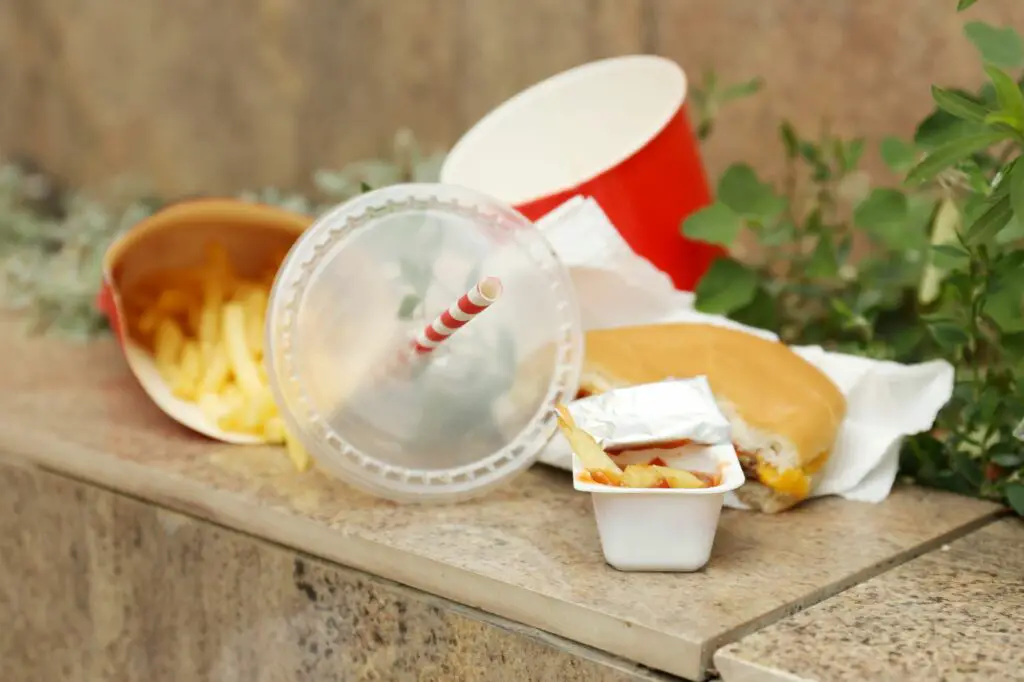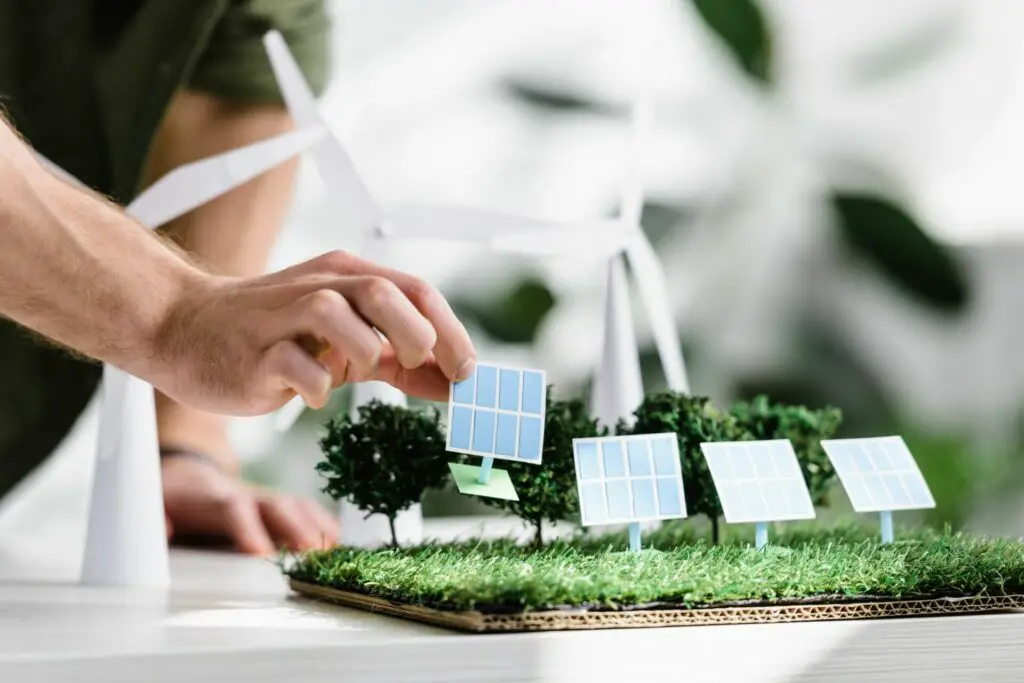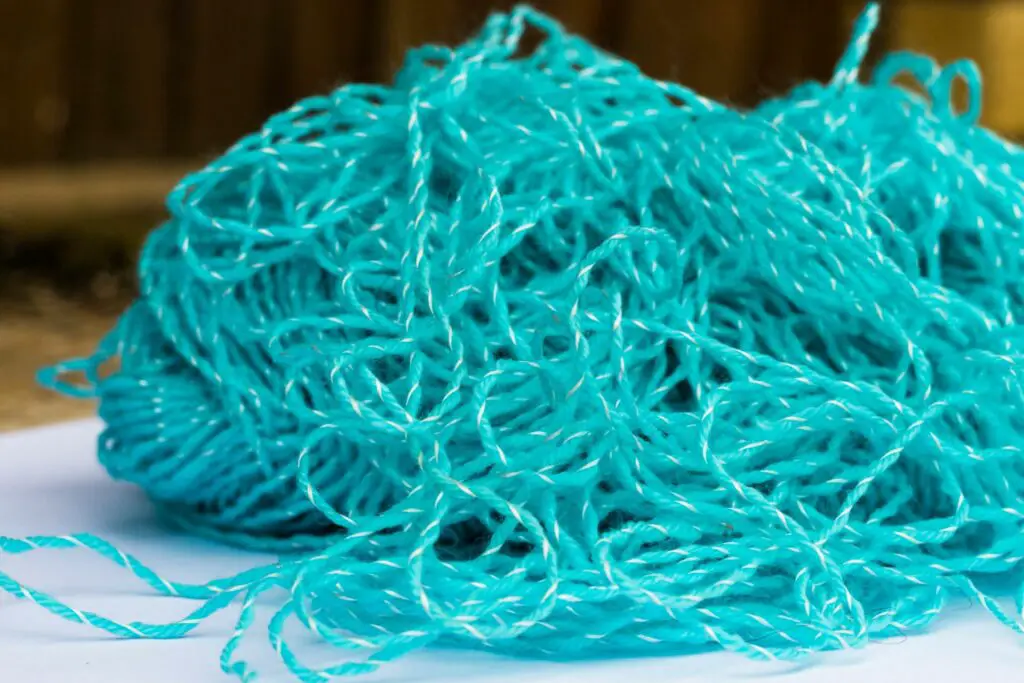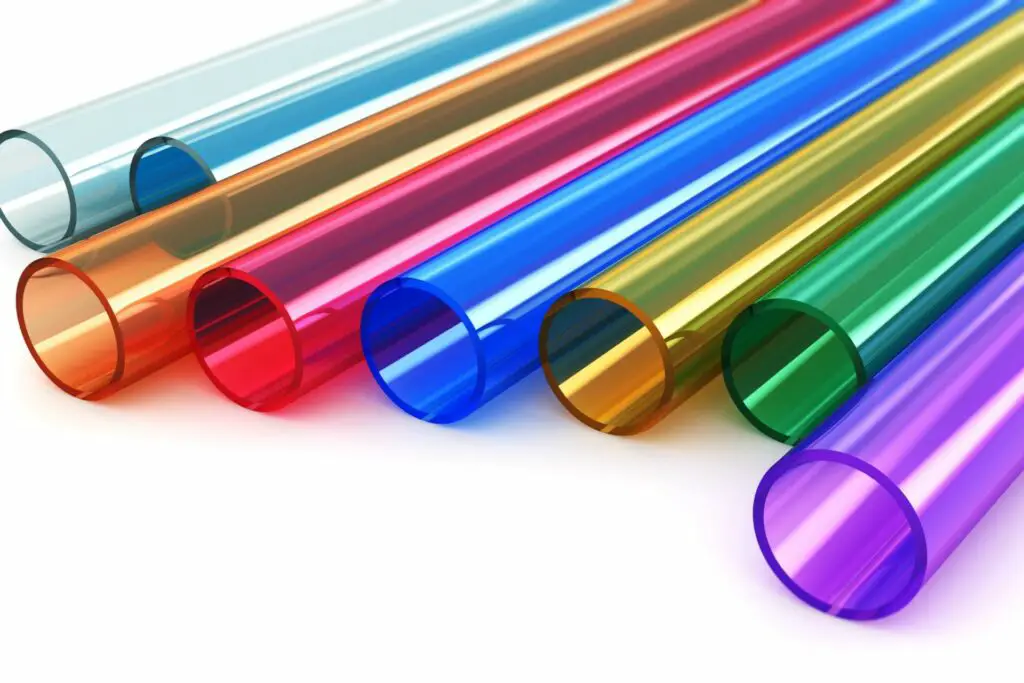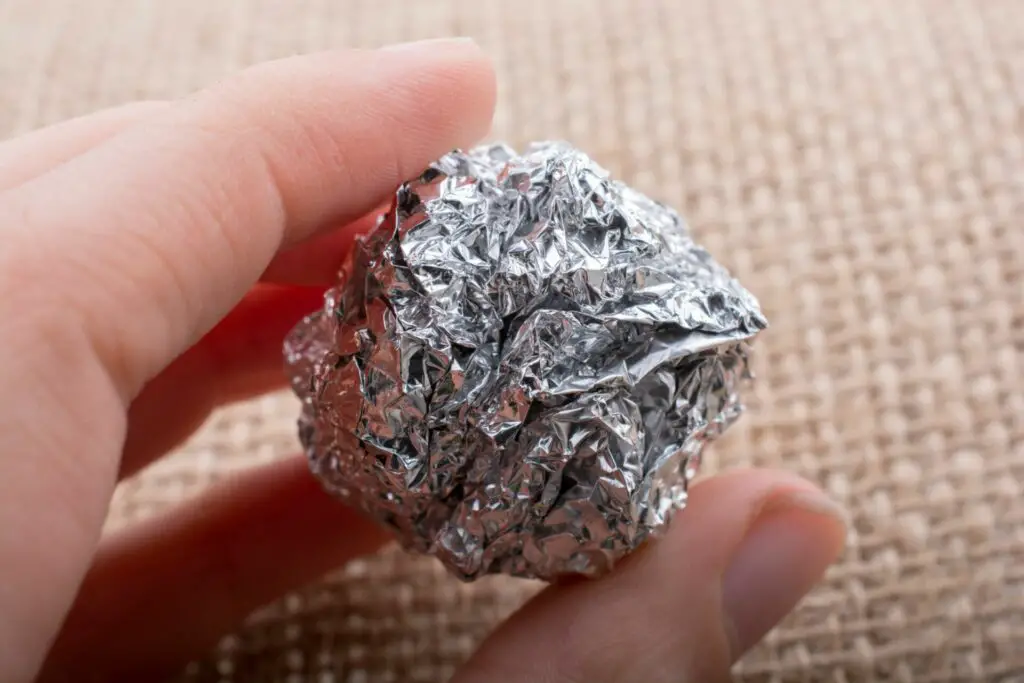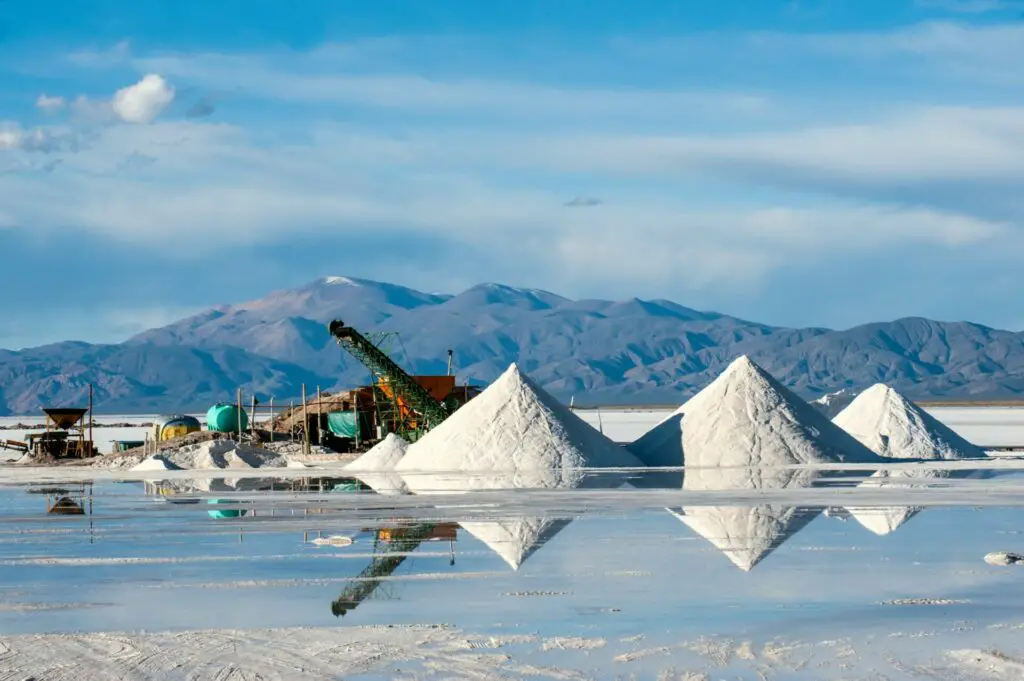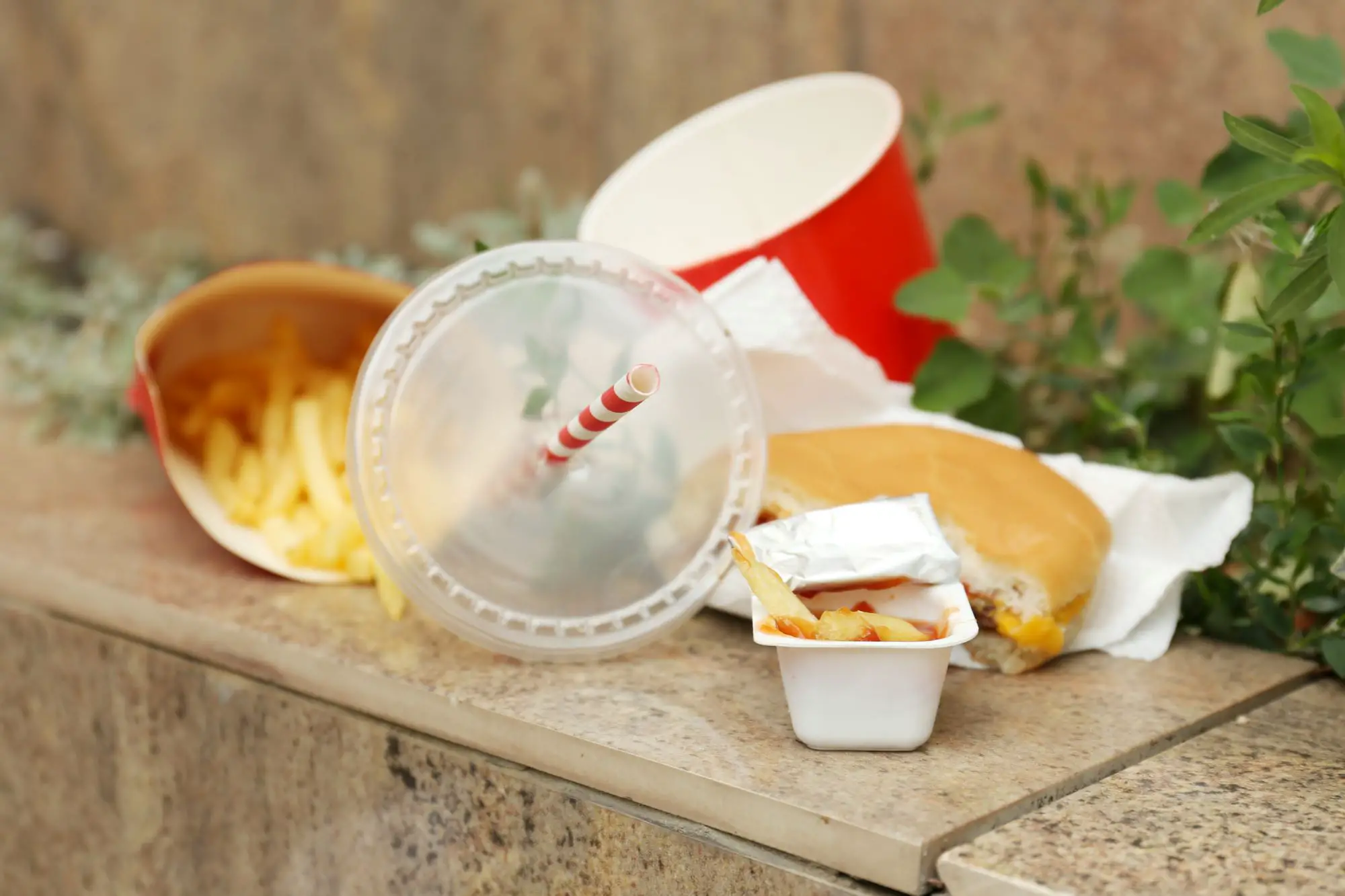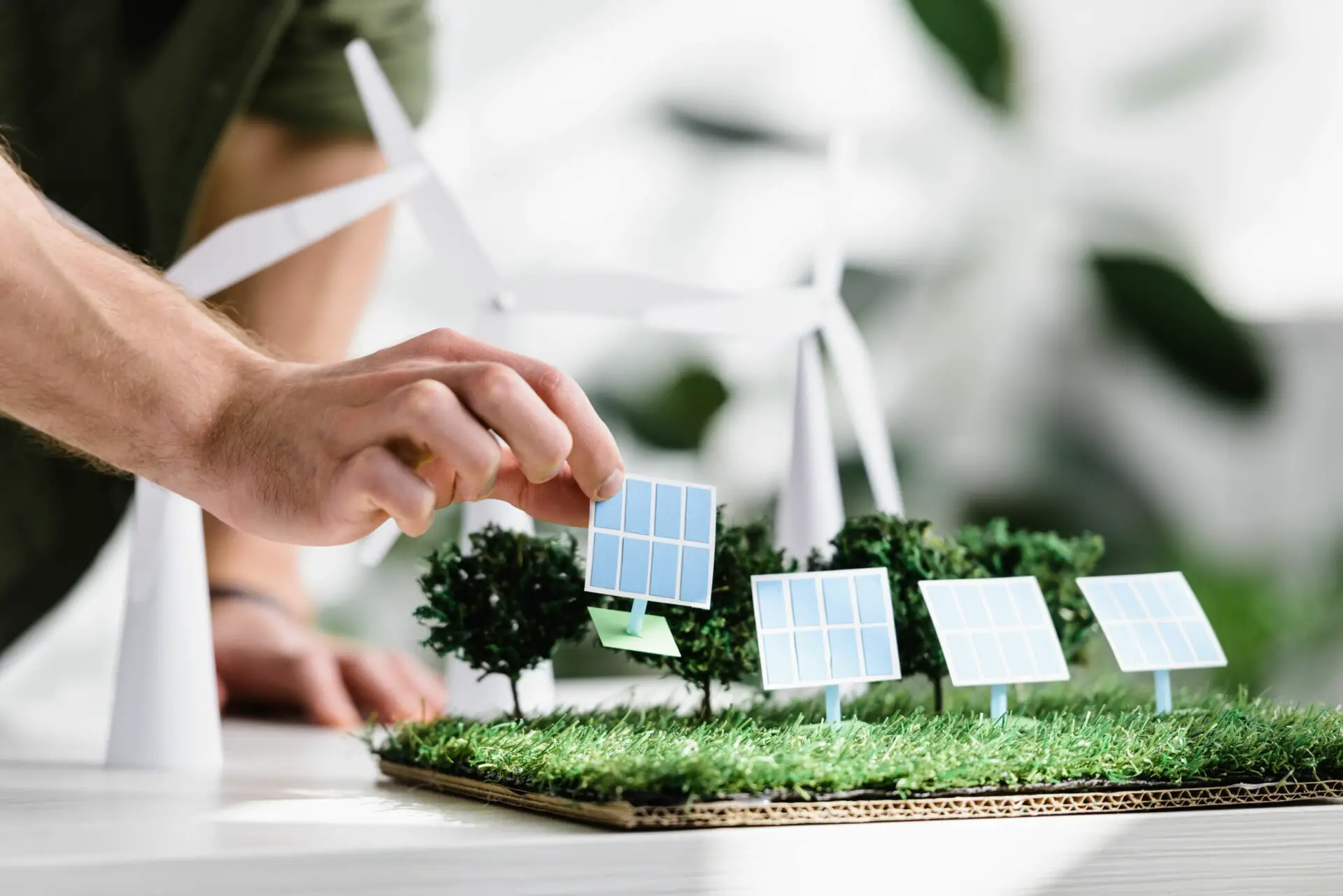Despite new technology enabling us to communicate online, envelopes are still widely used in mail systems across the world.
Some things just can’t be done online, such as the shipment of goods and sending personalized mail to family and friends.
But with envelopes still being so widely used, it leads us to question their eco-friendliness.
Most envelopes are eco-friendly simply because of what they are made from as well as how they can be disposed of.
In this article, we’ll look at different aspects of eco-friendliness concerning envelopes.
1. What Are Envelopes Made Of?
Most of the basic envelopes that we use for mailing letters and other small goods are made out of paper.
The paper used to make the envelopes are made from wood, which is turned into pulp usually by the use of chemicals.
The wood used to make the paper can come from pretty much any type of tree. But, some trees are more commonly used to make paper than others.
Examples of these trees include those classified as softwood trees, including but not limited to:
- Fir
- Hemlock
- Pine
- Spruce
With that being said, most standard envelopes are likely made out of paper that was created from those trees listed above. However, not all envelopes are made out of trees.
Fancy envelopes, such as those used for mailing formal invitations – weddings, graduations, etc. – can sometimes be made out of other plant-based fibers. One example is linen, which comes from the flax plant.
One interesting fact is that true Manila envelopes, such as those used in offices and for mailing important documents, were originally made from recycling Manila rope that was found on ships due to a cotton and linen shortage in the 1830s.
Manila rope, and the resulting Manila envelopes, are made from a plant called Manila hemp. This plant is actually a species of banana that is primarily grown in the Philippines, hence the name ‘Manila’.
However, today most Manila envelopes are made from the same types of paper as other envelopes. The pulp is just dyed to resemble the original Manila color.
Although most types of envelopes are made from paper or plant-based materials, some are made from plastic.
Plastic envelopes are mainly used for shipping purposes, to ship goods that are too big or too heavy to be shipped in a paper envelope.
These envelopes are usually made out of polyethylene (you can learn more about them here).
But for this article, we’ll be discussing only envelopes that are made out of paper.
2. How Are Envelopes Made?
The process for making envelopes is not that complicated.
First, the wood pulp used to make envelopes is derived by chemical means. Wood chips are placed into a solution of chemicals such as sodium hydroxide and sodium sulfide.
These chemicals are then heated for a couple of hours, which turns the wood chips into pulp. The pulp is then bleached with more chemicals and fillers are added to the pulp to give the resulting paper certain qualities.
Making the paper from pulp is mostly a mechanical process, as machines are used to form, shape, and dry the paper. After the paper is made, it is usually shipped to another facility to make the actual envelopes.
Once the paper makes it to the envelope facility, the paper is cut into the envelope shape, and any plastic windows, adhesives, or fasteners are added to them. Again, this is mostly done by mechanical means.
After creating the envelopes, they are shipped out to be sold.
3. Are Envelopes Eco-Friendly?
Envelopes are eco-friendly in a general sense because they are mostly made from a renewable resource – trees. However, some envelopes can be more eco-friendly than others.
For example, envelopes with added plastic windows are not as eco-friendly as envelopes that are made solely from paper. That’s because plastic comes from a non-renewable resource – crude oil.
The manufacturing process for making envelopes is not the most eco-friendly either (as is the case with a lot of products).
The use of chemicals to create wood pulp has the potential to cause pollution. And, heating the wood to form the actual pulp, as well as all the mechanical processes used to convert that pulp into paper and envelopes, uses a lot of energy.
However, there are other factors besides the materials and methods used to make the product that determines its eco-friendliness.
When you look at all of the other factors, including recyclability, sustainability, and biodegradability, you’ll see why we can consider most envelopes to be an eco-friendly product.
4. Are Envelopes Recyclable?
Most envelopes are recyclable, even if they have adhesive on them or plastic windows.
Paper, of course, is recyclable up to so many times. The paper fibers that envelopes are made out of are not yet thin and weak enough to where they can’t be recycled again.
But are you surprised to learn that envelopes with plastic windows can be recycled as well?
You can always remove the plastic windows yourself before tossing your envelope into the recycling bin, but most modern paper recycling facilities can remove them during the recycling process.
The same is true for other aspects of envelopes, including adhesives and metal fasteners in addition to plastic windows.
All of these things are usually broken down or filtered out during the recycling process. Even envelopes made of only polyethylene plastic can be recycled.
However, there is one exception in which envelopes can’t be recycled: if any paper envelope is lined with plastic padding or bubble wrap, it can’t be added to your curbside recycling bin.
If you can manage to separate the two materials without damaging them, you can recycle them separately. Otherwise, you’ll need to dispose of it with the regular trash.
If you’re ever in doubt about whether an envelope that is not made of just paper can be recycled, look for either a recycling symbol or a How2Recycle label located somewhere on the envelope.
5. Are Envelopes Sustainable?
Most envelopes are generally sustainable as long as they are made mostly from paper.
Envelopes are essentially made from wood, which is a renewable resource as long as we can continue to plant more trees.
Most of the trees that are used for paper-making are grown in managed forests also, which helps to limit the amount of land that is used for growing new trees. The trees used to make paper are usually very fast-growing as well.
However, the manufacturing processes for making envelopes may not be the most sustainable. But, there are always ways to make improvements regarding making manufacturing processes more sustainable.
When you look at the big picture though, paper envelopes are sustainable as long as they are made from renewable resources and can be recycled.
6. Are Envelopes Biodegradable?
Theoretically, paper envelopes are biodegradable. However, if any adhesives or plastic envelopes are added to the envelope, those portions are not going to biodegrade.
The paper itself will decompose, but any non-paper portions will be left behind regardless of whether the envelope biodegrades in a landfill or somewhere else.
7. Are Envelopes Compostable?
Composting envelopes can be tricky, because again, it depends on the component that the envelope is made of.
You can compost envelopes that are made of 100% paper, with no adhesives or plastic windows.
You don’t want to add envelopes with plastic or adhesives to your compost, because they will not biodegrade even if the rest of the envelope does.
With that being said, if you do want to compost your envelopes, you will need to remove or cut off any plastic windows, adhesives, or fasteners before composting them.
8. Are There Envelopes Made From Recycled Material?
Just like other paper products, there are plenty of envelopes out there that are made from recycled material.
Usually, envelopes made from recycled materials will have anywhere from 30 to 100% recycled paper in them.
Envelopes made from recycled materials are more eco-friendly because fewer raw materials have to be used to make them, and it cuts down on some of the manufacturing that has to be done as well.
9. Are Envelopes Reusable?
Envelopes can be reused provided that they are clean and in good shape.
However, it’s worth noting that you may not be able to reuse envelopes for mailing purposes if they have stamps or other markings on them.
But, envelopes that come in your junk mail can be reused for other purposes, such as crafting or even for things like budgeting money.
Plus, envelopes that have metal fasteners on them can be reused over and over again since they don’t have adhesives.
Again, you likely can’t reuse these for mailing purposes if they have been marked on. But you can reuse them for things such as storing important documents.
How to Dispose of Envelopes Properly
The best way to dispose of envelopes is to recycle them or reuse them, if possible.
You can also compost them, but you will need to remove any components that won’t decompose.
If you can’t recycle, reuse, or compost an envelope, then the only other option is to throw it away. However, this is not the most eco-friendly option because it will go to a landfill.
Parts of the envelope will biodegrade over time, but the whole envelope will likely not biodegrade completely.
Even if it does biodegrade, it will likely do so anaerobically, as a result of being buried under other trash.
This process can release methane into the atmosphere, which is one of the main contributing factors to climate change.
2 Eco-Friendly Alternatives to Envelopes
Envelopes are eco-friendly for the most part. However, there are a few options that are more environmentally friendly than the basic envelope.
1. Envelopes Made From Recycled Materials
One eco-friendly alternative to regular envelopes is to switch to envelopes made from recycled materials.
We’ve already touched on this a little, but these envelopes can have different percentages of recycled paper in them.
A higher percentage of recycled materials means that it’s more eco-friendly, but even envelopes made with some recycled materials are more eco-friendly than envelopes made from raw materials.
2. Compostable Envelopes
Another alternative is 100% compostable envelopes.
Although a lot of envelopes can be composted, many people don’t because of having to remove non-compostable components, so they end up just throwing them away.
Compostable envelopes are made only with materials that can be composted, so all you have to do is toss them into your compost bin.
Conclusion
Except for how they are made, most envelopes are eco-friendly. They are mostly made from trees, with some containing plastic windows or adhesives.
And, most envelopes can be recycled, with very few exceptions, even if they have plastic windows on them.
You don’t have to feel guilty about using envelopes, but you can always switch to envelopes made from recycled materials if you want to be more eco-friendly.
And, there are plenty of ways to reuse envelopes as well in order to get the most use out of them.
You Might Also Like…
- Is Fast Food Bad for the Environment? (& What You Can Do)
- Is Fabric Softener Bad for the Environment? (+5 Eco-Friendly Options)
- Is Fuel Dumping Bad for the Environment? (& How Often It Happens)
- Is Electricity Generation Bad for the Environment? (What You Should Know)
- Is Dry Cleaning Bad for the Environment? (4 Surprising Facts)
- Is Diamond Mining Bad for the Environment? (Important Facts)
- Is DEET Bad for the Environment? 4 Effects (You Should Know)
- Is Cat Litter Bad for the Environment? (5 Common Questions)
- Is Burning Cardboard Bad for the Environment? (6 Facts)
- Is Burning Paper Bad for the Environment? (6 Surprising Facts)
- Is Burning Leaves Bad for the Environment? (7 Quick Facts)
- 4 Natural Cleaners for Quartz Countertops
- 6 Eco-Friendly Acrylic Paint Brands (For Sustainable Artists)
- 5 Eco-friendly Alternatives to Acrylic Paint (& How to Make Them)
- Is Acrylic Paint Bad for the Environment? (7 Quick Facts)
- Is Acrylic Yarn Bad for the Environment? 8 Crucial Facts
- Is Acrylic Bad for the Environment? (8 Quick Facts)
- Is Aluminum Foil Bad for the Environment? 7 Quick Facts
- Is Bleach Bad for the Environment? 6 Crucial Facts
- Is Lithium Mining Bad for the Environment? 6 Crucial Facts

